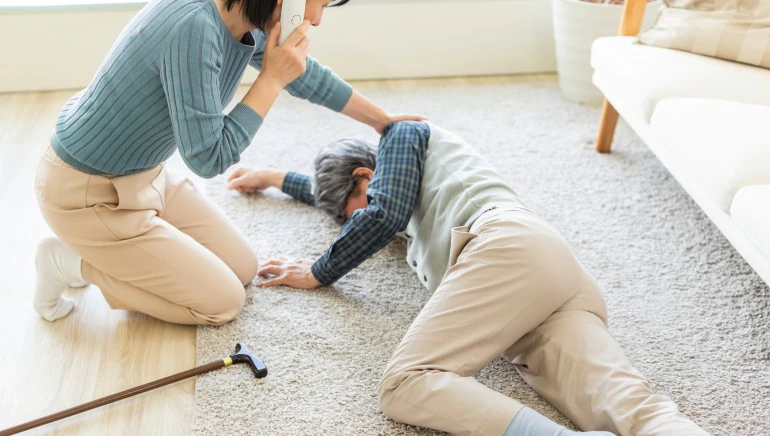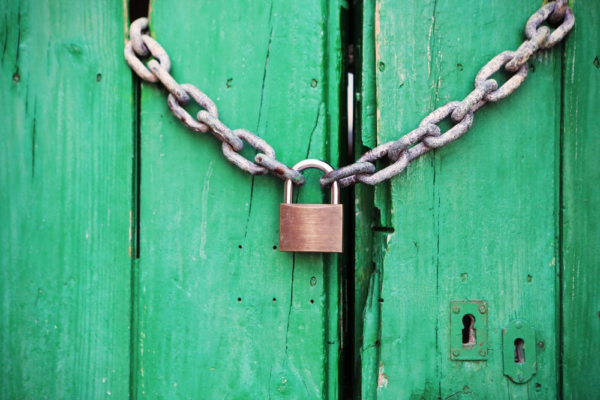A seizure is an uncontrolled, convulsive movements and jerking of the body caused by abnormal activity in the brain. As many as 5.1 million Americans have been diagnosed with seizure disorders. Most people associate seizures with another medical condition called Epilepsy, but often both conditions don’t share a cause-and-effect relationship, meaning seizures can occur independently of whether or not you have Epilepsy.
Seeing someone spasm and shake convulsively like a fish out of the water can be a scary sight to behold. During a seizure attack, the patient writhes uncontrollably, unable to control their movements.
What can you do if you are seeing someone having a seizure?
Even if you don’t know what to do when someone is having a seizure right in front of you, the important thing is to remain calm.
Before giving you the actual tips, we would like you to know a little more about what seizures and what causes them.
Underlying conditions that cause seizures
A person can experience seizures after sustaining a head injury, a stroke, or as a result of illnesses and infection—meningitis being one of them.
And, in almost all cases, seizures are not life threatening perse. But oftentimes, seizures may be caused by some underlying condition that you are ignoring, i.e., a birth injury. Cerebral palsy is a birth injury that commonly coexists with epilepsy—a leading cause for seizures.
Cerebral palsy is often caused by medical malpractices during delivery that make the child disabled for life. The incidences of seizures may exist from childhood or develop later on in adulthood.
If you can prove your child’s cerebral palsy was caused by medical malpractice, you should immediately file a lawsuit for medical malpractice for cerebral palsy, which will get you compensated for pains you’ve had to bear. You can use the claimed amount to pay for your child’s medical treatment.
Now that you are aware of the causes, let’s look at the steps you can take to help someone having an episode.
What to do if you’re witnessing someone having a seizure?
If you see someone convulsing on the ground, shaking uncontrollably, there is a lot that you can do to help ease the situation for them:
Shift the person to a safer location: The first thing you can do is move them to a safe place if they are in danger. For instance, if they are in the middle of the road, near a fire, or near the edge of a roof or some other high place.
Put something under their head to provide cushion: If they pass out on the floor, cushion their head and take away any hard or sharp objects nearby. During their convulsive movements, they may cause themselves hurt by hitting any of their body parts with the object.
Remove items restricting their breathing: Loosen the clothes around the neck, such as a tie, a scarf, collar, etc., that might be restricting breathing.
Don’t force stop the seizure: Do not try to stop the movements by holding the person down. In most cases, seizures subside on their own after a few minutes.
Don’t put anything in their mouth: There is a myth that people could swallow their tongue during a seizure. However, nothing like that does happen in reality.
Don’t try to put anything in their mouth. Moreover, putting something in their mouth when their body movements are not in their control can damage their teeth or tongue.

Turn the person onto their side: When the person loses control of their body movements, they have no control over their saliva. They can produce more saliva than normal, causing them to choke on it. Turning the patient onto their side can help clear the airways and remove the blockage. When the seizure subsides, make sure the person is able to breathe easily.
Make a note of the time: Don’t leave until the episode has subsided, and immediately take down the time it took for the seizure to be over. Information like this can inform you whether the patient needs further medical intervention.
Don’t panic: seizures can be terrifying to witness. But you cannot help anyone if you lose your calm and panic. A panic-stricken mind cannot make informed decisions on a dime.
How to identify a seizure?
Knowing the signs of a seizure puts you in a better position to help someone experiencing an episode. The exact symptoms of seizures can vary from person to person. Knowing the common signs can help you inform that an episode might be on the way:
- The patient becomes fixated on one point in space
- Unresponsive
- Loses bladder control
- Passes out
- Clenches their teeth
- Twitches, flails and jerks their arms uncontrollably
- Drooling
- Grunts, snorts or screams
- Feels like drowning
- Experiencing butterflies in the stomach
- Déjà vu: a feeling that you have had a similar experience in the past
How to identify a seizure in a child?
On the other hand, it’s harder to identify oncoming seizures in a child, as they are unable to communicate. So, it becomes your duty to understand the writing on the wall and do the needful. Signs that can help you pin down the incidence of a likely seizure include:
- Sudden or recurrent pain in the stomach
- Complaining that things sound and look weird
- Taste and smell of foods seem off
- Wake up in a confused state
- Sleeping all the time
- Jackknife movements
When do you need to call for medical help?
Not everyone experiencing a seizure needs medical help. Typically, it takes thirty seconds to a few minutes for a seizure to go away. If it subsides within that timeframe, there is no need to call for any medical intervention.
However, if the episode lasted longer or the person passed out, you should call for medical emergency. Calling in medical help is also important when a person experiences their first-ever episode.
Conclusion
Seizures are not life-threatening in most cases, but they can make you lose control of your body. A person experiencing an episode relies on help from others. Precautionary steps that you should take when looking after a person having an episode are: taking them away from a place where they could harm themselves, turning them on their side, loosening the clothes around their neck area to allow for easy breathing, and staying calm throughout the process. In addition, you should call in medical assistance if the episode lasts longer.








